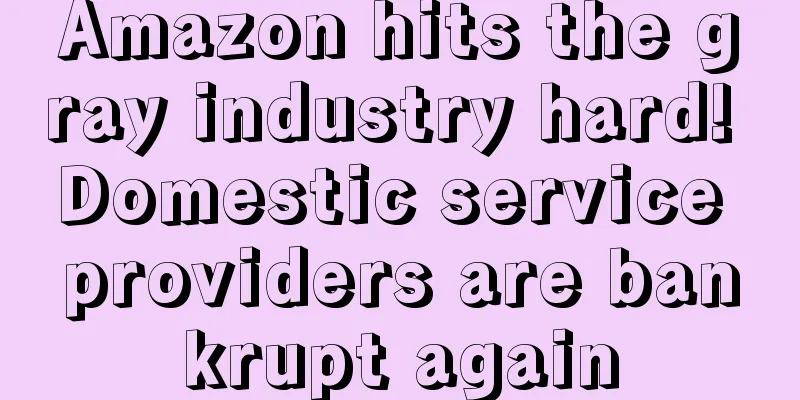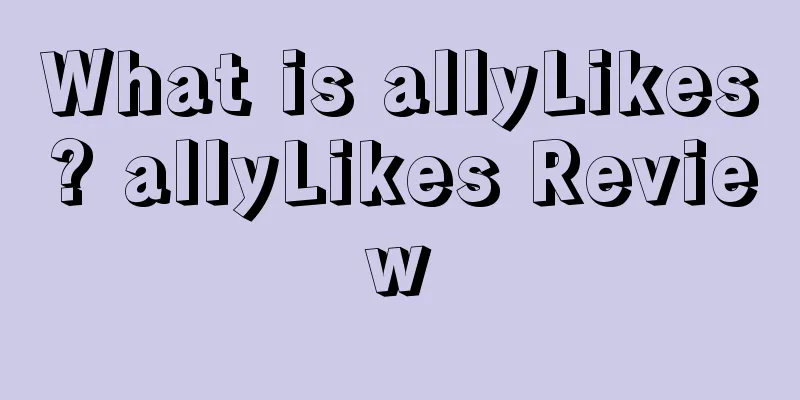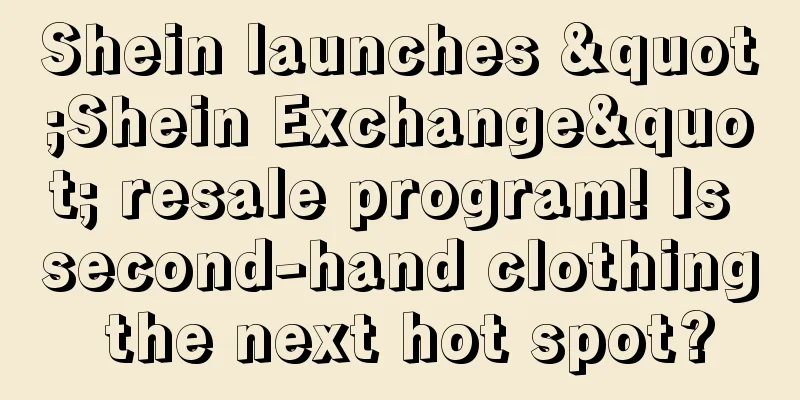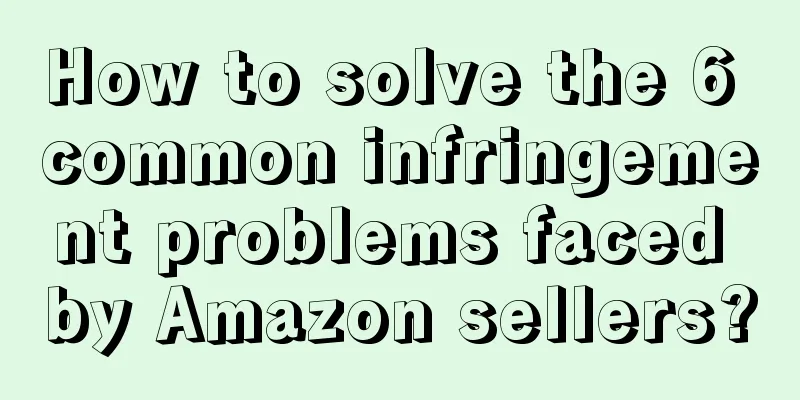What is Snapchat? Snapchat Review
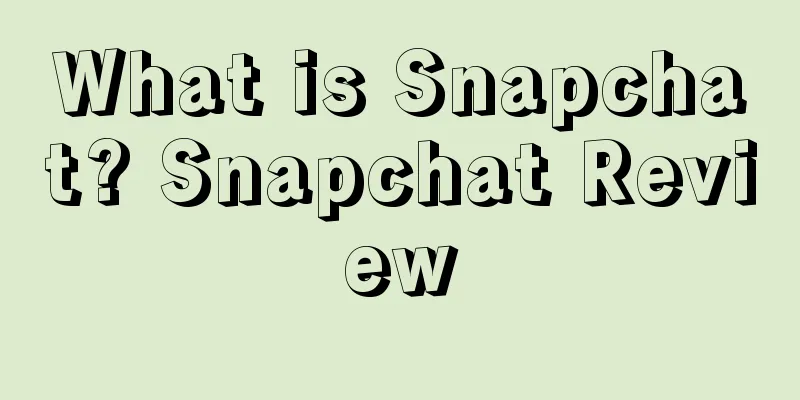
|
Snapchat is a photo-sharing app developed by two Stanford University students that can be burned after reading. With this app, users can take photos, record videos, add text and drawings, and send them to their friend list on the app. These photos and videos are called "Snaps", and users of this software call themselves "Snubs". About Snapchat · Snapchat was founded by two Stanford students, Evan Spiegel and Bobby Murphy, and is headquartered in Los Angeles. Snapchat was born from a class assignment in product design at Stanford University. The main function of Snapchat is that all photos have a life span of 1 to 10 seconds. After users take photos and send them to friends, these photos will be automatically destroyed on time according to the time set by the user. In addition, if the recipient tries to take a screenshot during this period, the user will also be notified. ·On October 13, 2016, Beijing time, Snapchat's parent company Snap has selected the lead underwriter for its IPO (initial public offering). The company will launch its IPO as early as March 2017. Morgan Stanley and Goldman Sachs will lead Snap's IPO. On February 2, 2017, Snap, the developer of the self-destructing messaging app Snapchat, submitted a prospectus to the U.S. Securities and Exchange Commission (SEC), planning to raise up to $3 billion through an initial public offering. Snap will issue Class A common stock without voting rights, but has not announced the price range and issue price. On February 3, Snap co-founder and CEO Evan Spiegel will follow the example of Facebook CEO Mark Zuckerberg and others and take the initiative to reduce his annual salary to $1 after the company's IPO (initial public offering). Snap was listed on the New York Stock Exchange on March 3, 2017. On June 6, 2017, the "BrandZ Top 100 Most Valuable Global Brands 2017" was released, with Snapchat ranked 93rd. On November 7, Beijing time, Tencent announced that it would acquire a 10% stake in Snap. Snapchat Key Features 1. "Burn after reading" chat software: The original version of Snapchat is a pure "burn after reading" chat software. The text, pictures and videos sent by users are automatically destroyed after a set time. If the other party of the message takes a screenshot, the system will notify the sender. 2. My Stories (later simplified to Stories): Launched at the end of 2013, this feature allows users to record a video and add various special effects and subtitles, and then send it to friends or share it with all followers. Soon after its launch, the number of Stories on the platform exceeded the number of self-destructing messages, making Snapchat the most popular social network and content dissemination platform. 3. Geofilters feature: This feature was added in July 2014. If the user is located in a specific geographic location (such as a city, activity or destination), special graphic overlays can be used. 4. Snapcash feature: Launched in November 2014, this feature allows users to send and receive money through private messages, and the payment system is supported by Square. 5. Discover function: launched in 2015, using this function, users can receive information provided by top media companies, including National Geographic magazine, Vice, ESPN, etc. A total of 11 media partners initially participated in it. 6. Memories feature: Launched in July 2016, the Memories feature allows snapshots and story posts to be saved to a private storage area where they can be viewed with other photos stored on the device, or edited and published as snapshots, story posts or messages. 7. Snapshot function: Updated in May 2017, you can send snapshots with unlimited viewing time, shorten the maximum playback time to the last 10 seconds, and make them disappear after the recipient deliberately closes the content. 8. Snap Map feature: Launched in June 2017, it is an optional feature that allows users to share their location with friends on a map. 9. Allow users to add snap links: Launched in June 2017, Snapchat began allowing users to add snap links, enabling them to direct viewers to specific websites. User Groups Snapchat's main user group is teenagers between the ages of 13 and 25. Original controversy 1. In February 2013, Frank Reginald Brown, also a Stanford University student, sued Snapchat founders Evan Spiegel and Bobby Murphy, claiming that they had plagiarized Snapchat's product ideas. Brown said that he should own one-third of the company's shares because he, like Snapchat CEO Spiegel and Chief Technology Officer (CTO) Murphy, was a co-founder of the company; Brown also said that Spiegel and Murphy kicked him out a month before Snapchat went online in July 2011. 2. Snapchat's creative disputes with Brown were repeatedly exposed in the media, which embarrassed the company to some extent. At first, Spiegel called Brown's accusations "childish" and "pointless", until May 2014 when Spiegel finally calmed down and handled the creative dispute rationally. 3. On September 10, 2014, after more than a year of fiercely denying the allegations, the two founders of the "ephemeral" photo sharing app Snapchat finally admitted that the product was not their idea. Snapchat announced that it had reached a settlement with Brown, the company's ousted co-founder. Photo leak incident In October 2014, the database of the photo-sharing service Snapchat was hacked, resulting in the leakage of hundreds of thousands of private photos and videos sent to the app by many users. The outside world therefore questioned and accused Snapchat of its security, and Snapchat responded quickly, posting a message on its Twitter homepage saying: "Many Snapchat users were affected by this incident, but this is mainly because they used third-party applications to send and receive photos. We clearly stipulate in the instructions that this behavior is strictly prohibited. We can confirm that Snapchat's servers have never been hacked and are not the source of this leak." Development History In April 2011, Evan Spiegel presented the idea for his final solution in a product design class at Stanford University. -In September 2011, Snapchat was officially launched in Spiegel's father's bedroom. -On January 3, 2012, Snapchat received $485,000 in seed round financing from Lightspeed Venture Partners; in May, 25 snapshots were sent from Snapchat every second; on November 28, more than 20 million snapshots were sent from Snapchat's iOS client every day, and the total number has exceeded 1 billion. -On February 8, 2013, Snapchat received $13.5 million in Series A funding, with a valuation of between $60 million and $70 million; on June 7, Snapchat completed a new round of financing of $100 million from an unnamed hedge fund, with a valuation of $500 million; on June 23, Snapchat just completed a Series B financing of $80 million, led by the well-known venture capital firm Institutional Venture Partners. Before the financing, Snapchat's valuation had reached $800 million. -On January 2, 2014, the information of 4.6 million Snapchat accounts was posted to the SnapchatDB.info website. This action was committed by a certain person or organization, and the information of 4.6 million users was leaked. -On May 8, 2014, Snapchat reached a settlement with the U.S. Federal Trade Commission (FTC) over fraud charges. The company was accused of deceiving consumers by claiming that photos sent through its app would disappear permanently after a period of time, when in fact recipients could save these photos using several methods. The company faces 20 years of privacy monitoring. -On November 18, 2014, the American mobile messaging app Snapchat partnered with mobile payment service Square to launch a new service to help users transfer funds to each other. -On January 3, 2015, Snapchat completed a $486 million financing, ranking among the top ten venture capital transactions in the United States. -On May 29, 2015, the rumor about Snapchat's financing finally came to light, with the amount of financing being $537 million, with investors including Alibaba and two hedge funds. A document Snapchat submitted to the SEC showed that Alibaba, Glade Brook CAPItal Partners and York Capital Management provided $537 million in financing to the social tool. -In October 2015, Snapchat will shut down the Snap Channel project, which was less than a year old and contained self-produced videos, episodes and articles. -On March 3, 2016, Snapchat received $175 million in new financing from Fidelity Investments, with a valuation of $16 billion, the same as a year ago. -On March 22, 2018, Snapchat became the latest social media giant to decide to ban initial coin offering (ICO) advertising. -On October 10, 2018, Snap announced that its Snapchat will launch a short scripted program this fall. For this purpose, the company has reached a partnership with Hollywood production companies and screenwriters. Snap hopes to reverse the trend of declining number of app users. |
>>: What is RTB HOUSE? RTB HOUSE Review
Recommend
What is Sears? Sears Review
Sears (Roebuck and Company) is an American departm...
What is Amazon Storefronts? Amazon Storefronts Review
Amazon Storefronts is an exclusive landing page fo...
Teach you how to use ChatGPT to improve your Amazon promotion skills!
text Amazon marketing is key to standing out in a...
US retail returns may reach $816 billion! Swallowing up 16% of sellers' profits
Consumer returns in the U.S. retail market are exp...
Be careful when choosing products! These sportswear brands are exposed to excessive levels of carcinogens!
Recently, the Center for Environmental Health (CEH...
Amazon becomes the most popular shopping website for Generation Z in the United States! Clothing is the most popular!
It is learned that according to an autumn survey c...
What is Zalora? Zalora Review
ZALORA is a fashion and beauty e-commerce platform...
Amazon earthquake! The government is going to make a large number of people unemployed
The rise of cross-border e-commerce led by Amazon ...
What is PPC Entourage? PPC Entourage Review
PPC Entourage helps sellers simplify the PPC proce...
Big earthquake in the auto parts category! Amazon will ban the sale of this product
In recent times, Amazon's platform regulatory ...
Request reviews in batches in one second! 0-cost Amazon Review acquisition tool, free your hands and request reviews safely during the epidemic
Although the current global epidemic situation is ...
Prime Day is scheduled for July 16! Sellers: Forced to run with it
The closer Prime Day gets, the more turbulent the ...
[Methodology] How to develop corresponding winning operational strategies by monitoring competitor data?
According to Maomao, Amazon sellers before 2017 ra...
What is NABL Quality Inspection Report? NABL Quality Inspection Report Review
NABL quality inspection report (National Accredita...
